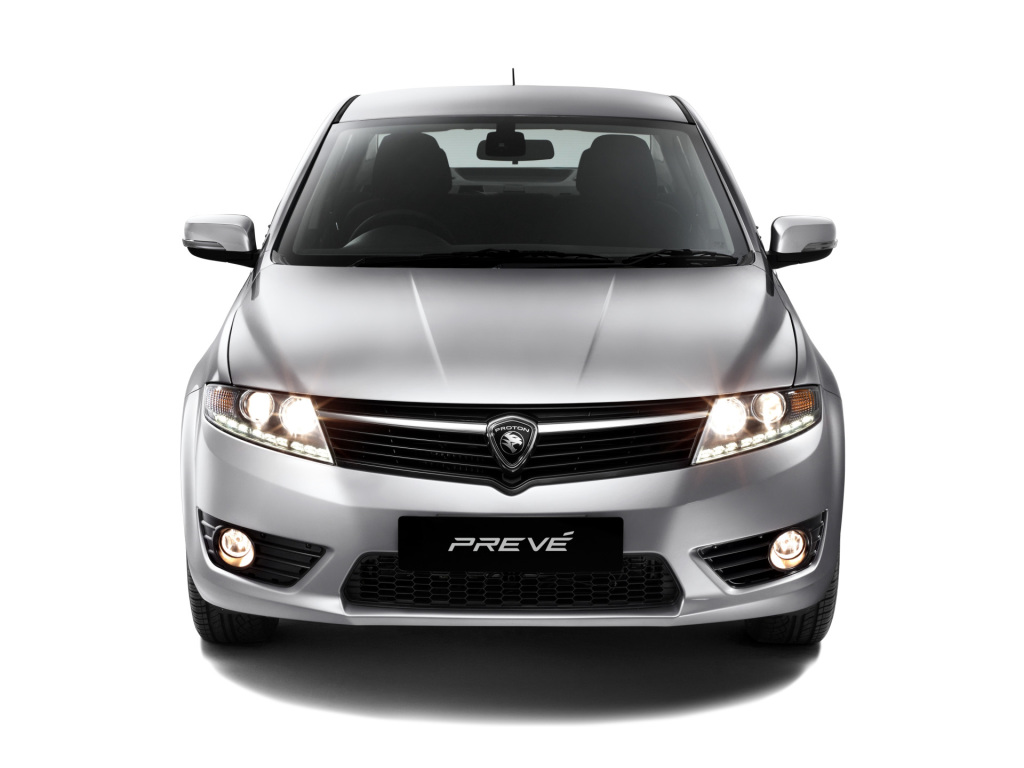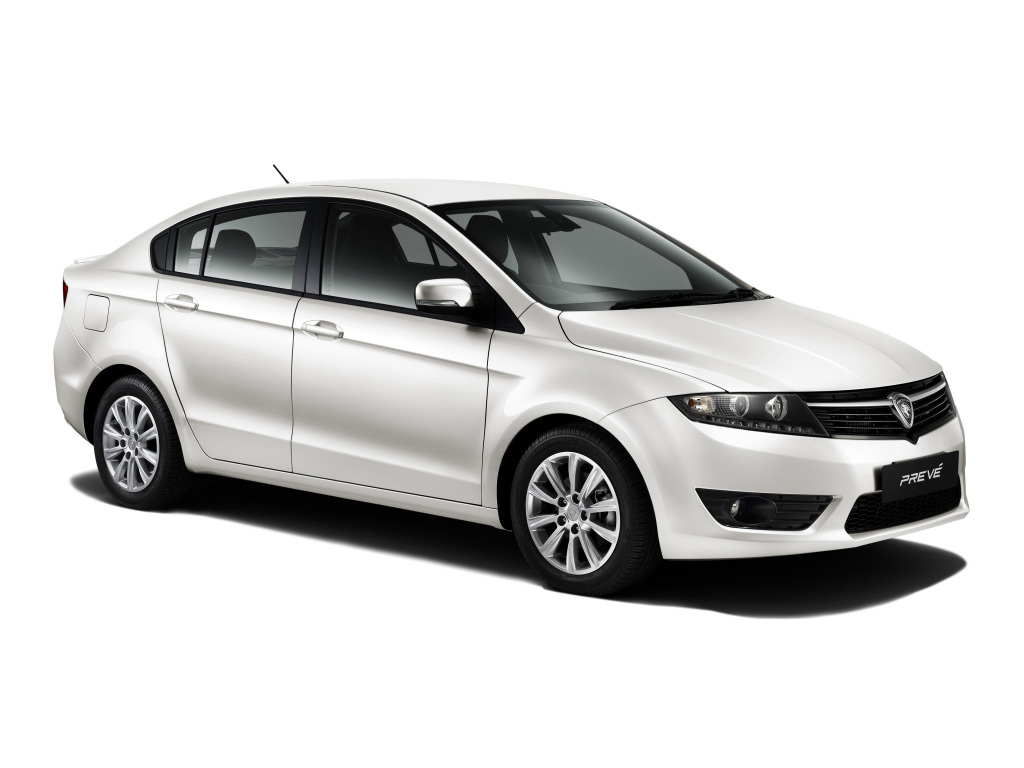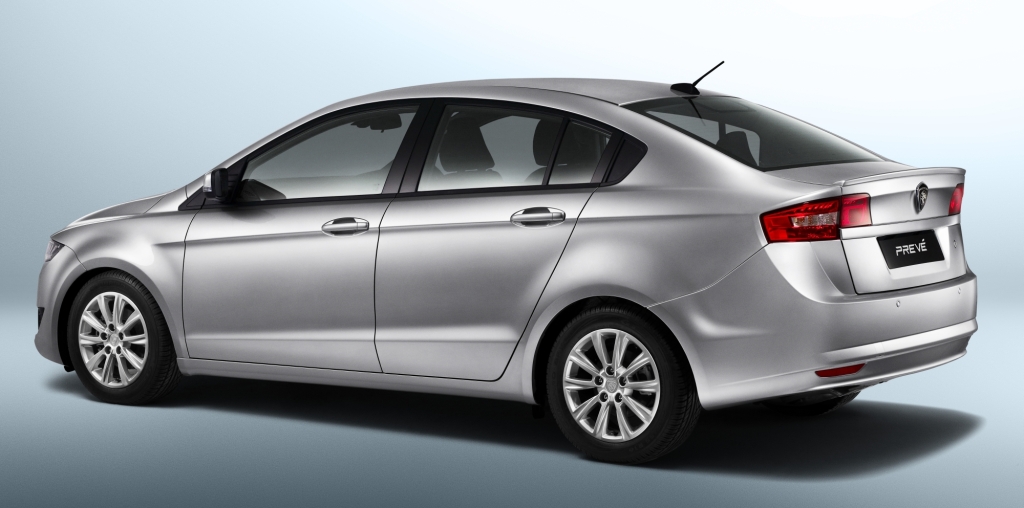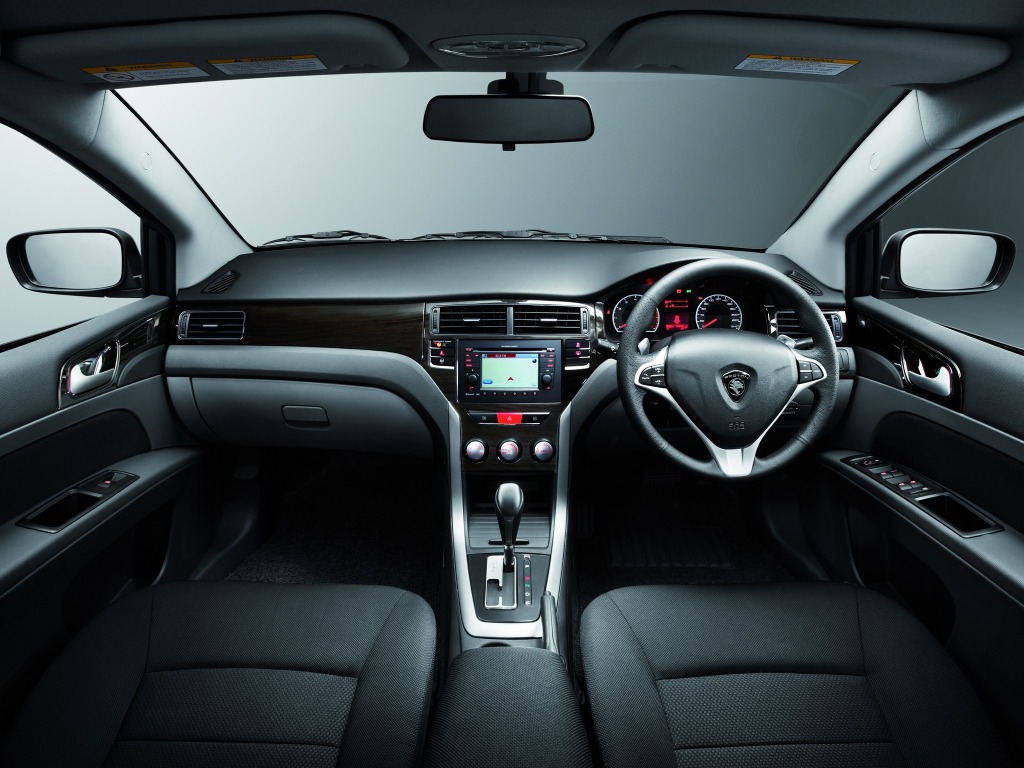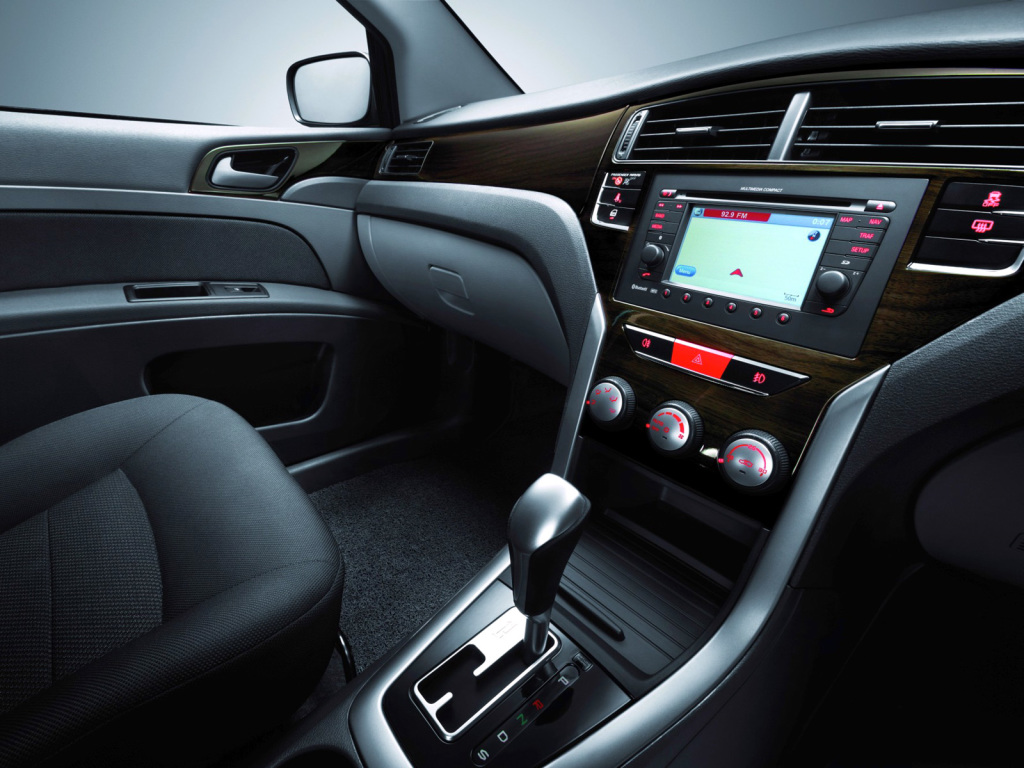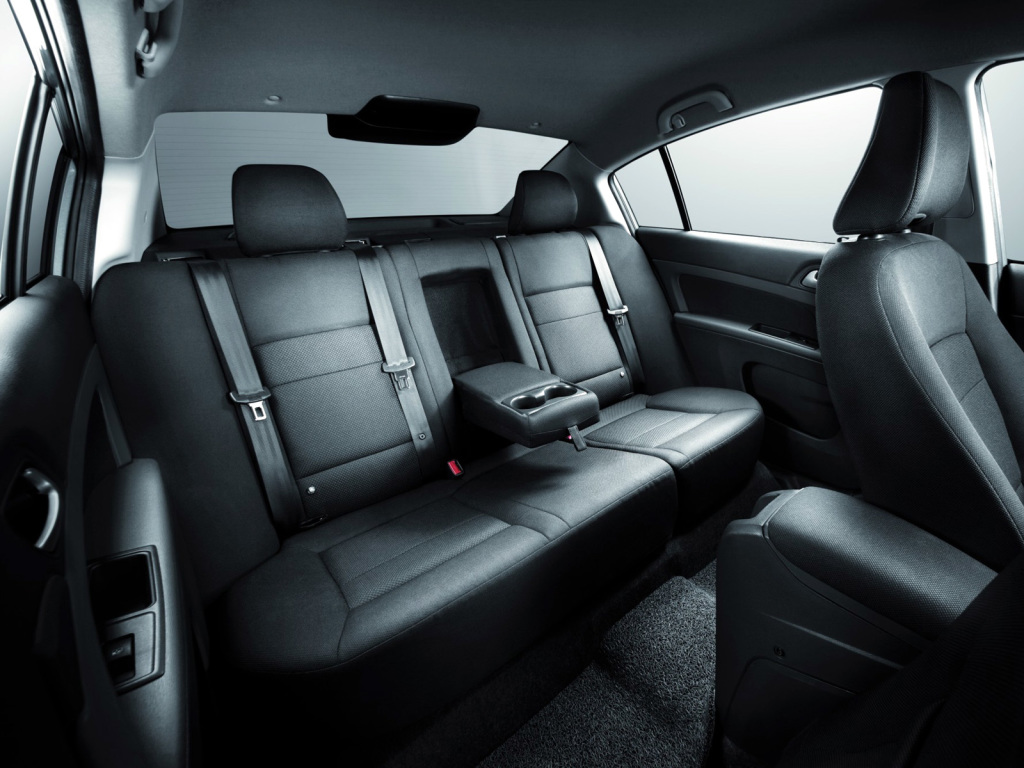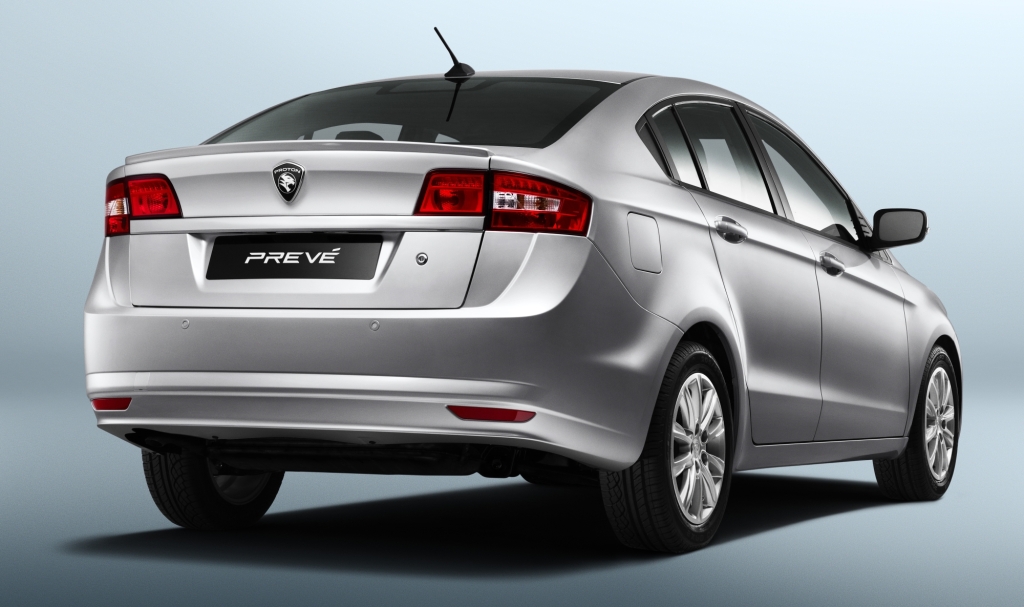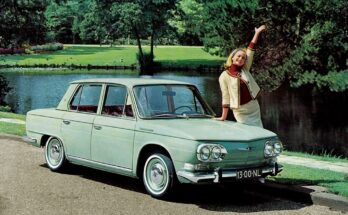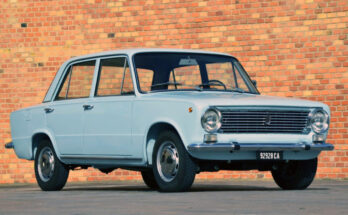Malaysian automaker Proton started by producing badge-engineered Mitsubishi automobiles in 1985. Because of the sophisticated engineering and dependability of the Mitsubishi automobiles on which they were based, Proton cars were able to sell in good numbers.
But when the 21st century was ushered in, Proton progressed by introducing models with an indigenous design, such as the Proton Waja and Proton GEN-2. Unfortunately, these new generation Protons models received a lot of flak for their shoddy engineering. As a result, Proton’s market share in Malaysia rapidly decreased in the early 2000s, reaching a record low in 2007.
The P3-21A Project
In response, the development of the Proton Prevé (codenamed P3-21A) began in 2009 under the direction of Proton’s then-Managing Director, Syed Zainal Abidin. Furthermore, Dr. Wolfgang Karl Epple, former BMW Vice President of Quality Management R&D, was also named Proton’s Director of Quality the same year. He was eventually promoted to Senior Director of Group Operations, where he helped shape the P3-21A project.
The Tuah Concept
The year 2010 saw the Proton Tuah concept car put on display at the Kuala Lumpur International Motor Show (KLIMS). Designed by Italdesign Giugiaro, it gave a peek at the different functionality and design facets of the future Proton P3-21A. A year later, the P3-21A’s development was finished, and production of the all-new sedan began at Proton’s Tanjung Malim plant. In an effort to limit capital outflow, the company asserted that 94% of the parts for the car were sourced domestically.
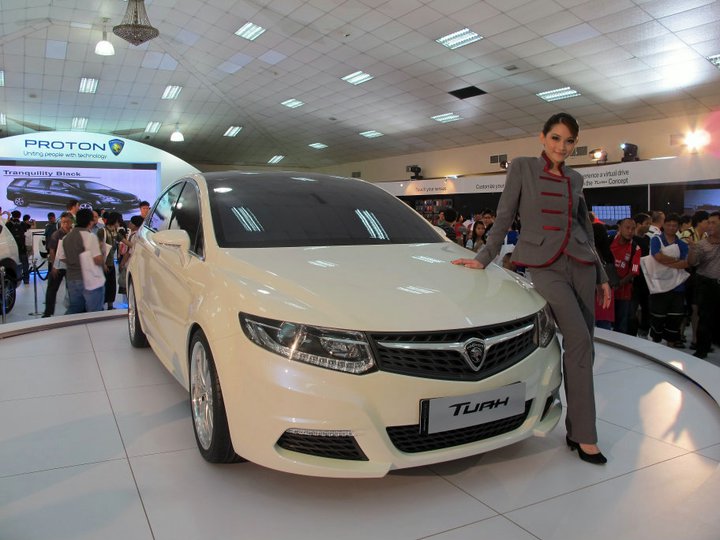
Just days before launch, Proton Prevé’s official name was made public. It was touted to be Proton’s first global car, as evidenced by the name Prevé, which means to demonstrate or prove.
Proton Prevé Unveiled
The Proton Prevé was officially revealed on April 16, 2012, at Seri Kembangan by Najib Razak, the Malaysian Prime Minister of that time. The Preve was powered by a 1.6L CamPro engine in both naturally aspirated and turbocharged guises, while paired to either a 5-speed manual or CVT gearbox dubbed ProTronic. The car was made available in a range of 6 exciting exterior colors and 3 trim levels– Executive MT, Executive CVT, and Premium CVT.
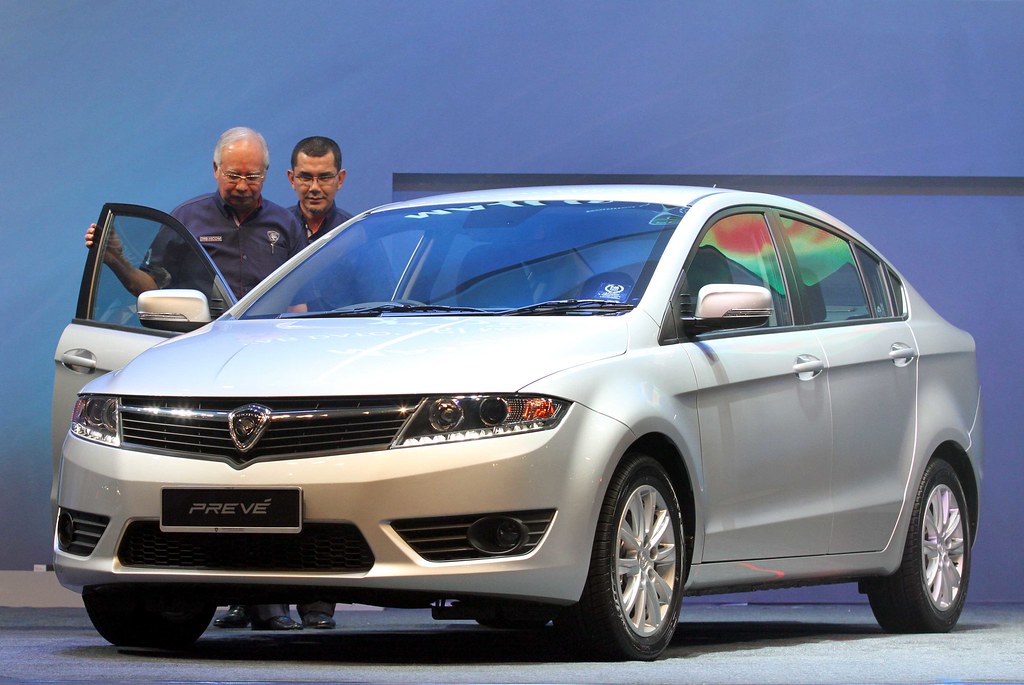
In terms of safety, the Executive variants include dual SRS airbags and an anti-lock braking system (ABS) with electronic brakeforce distribution (EBD), whereas the Premium trim got two more airbags, brake assist (BA), traction control (TCS), and electronic stability (ESC). Key features in the Premium version included steering-mounted paddle shifters, automatic headlights and wipers, cruise control, climate control, a built-in touchscreen GPS head unit with Bluetooth, USB and iPod compatibility, and push-start engine ignition. Later the number of airbags in the top-trim was increased from 4 to 6.
The Proton Preve sedan
All Proton Prevés come standard with a Smart Information Display (SiD) technology, which displays data such as average fuel use, battery health, and distance to empty. In-car WiFi is another common feature, made possible by a collaboration between Proton and Malaysian ISP, Yes 4G.
The Design
Dr. Wolfgang Karl Epple, then Senior Director of Operations for Proton, said that a global team of professionals from South Korea, Malaysia, Italy, France, and Germany worked together to create the Prevé. Similar to the Tuah concept, Italdesign Giugiaro worked on the Prevé’s styling and the design’s functional enhancements. Proton’s Head of styling, Azlan Othman, was sent to Turin as part of a nearly year-long work with Italdesign.
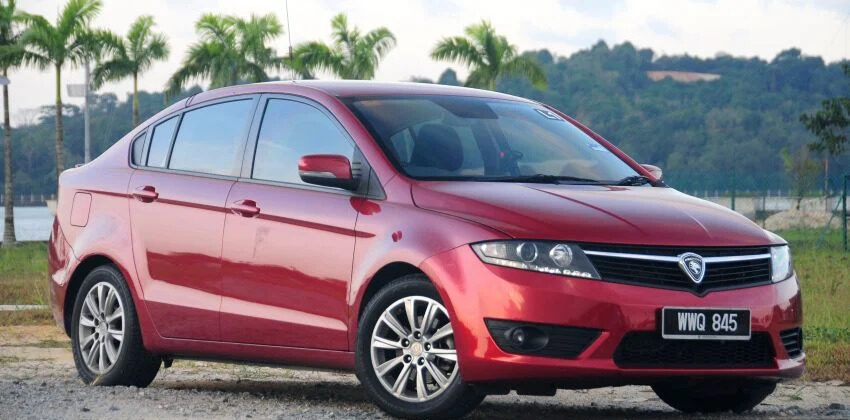
With the Prevé, Proton aimed to develop a new trademark façade. Proton Wings is the result, a single design element that unites the headlights, Proton emblem, and air-intake grille, giving it the distinct appearance of a bird ascending. The Prevé is the first Malaysian-made vehicle to come standard with LED position lighting. The car’s exterior was designed to have a lower drag coefficient in order to improve fuel efficiency.
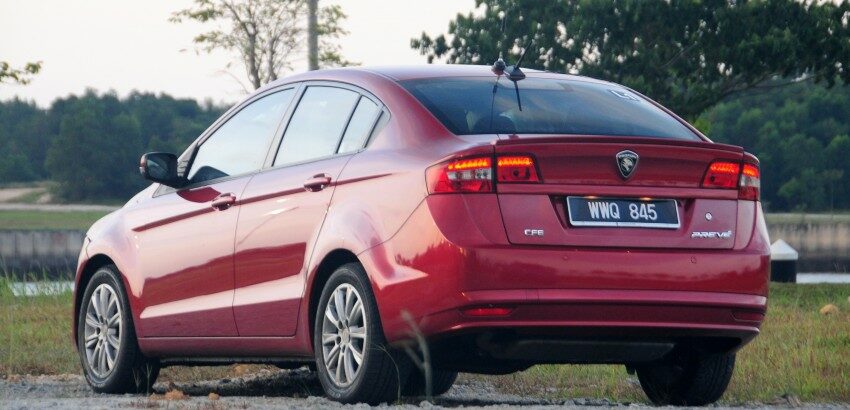
Launch in Other Markets
As a global model, Proton Preve was launched in a number of markets. Preve made its Australian premiere at the 2012 Australian International Motor Show on October 18, 2012. Most notably, the Preve achieved a 5-star safety rating from the Australasian New Car Assessment Program (ANCAP) in 2013, a historical first for Proton.
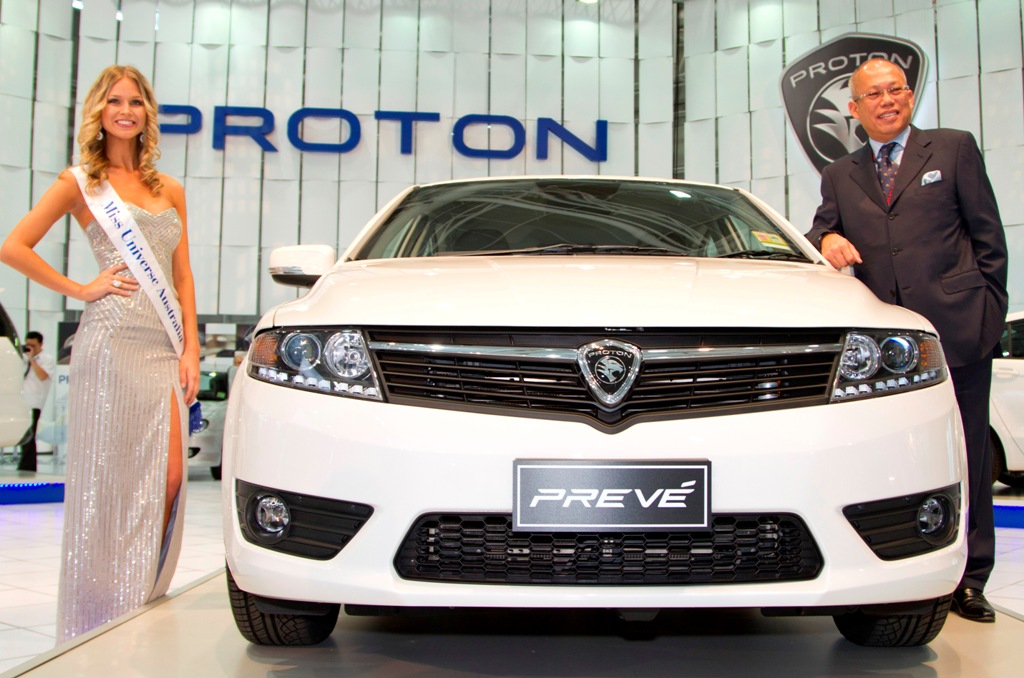
On November 28, 2012, the Prevé debuted at the Thailand International Motor Expo. It was adjusted to run on E20 fuel, while the Thai-spec Premium trim edition included an enhanced Blaupunkt 2-DIN touchscreen head unit. To become more competitive, a new budget-oriented Standard trim line, priced much lower than the Executive and Premium trim variants, was also offered in the Thai market.
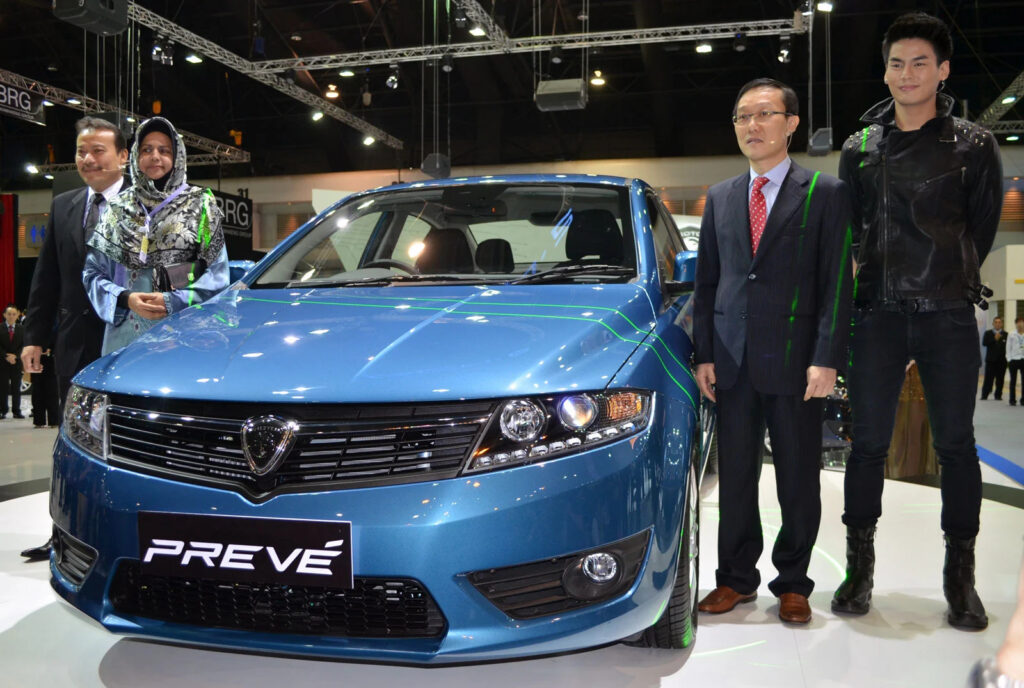
Brunei became the third export market to receive the Prevé on February 7, 2013, with three models made available. The Prevé then had a less publicized launch in Singapore in the first quarter of 2013, where it was available in two trim lines.
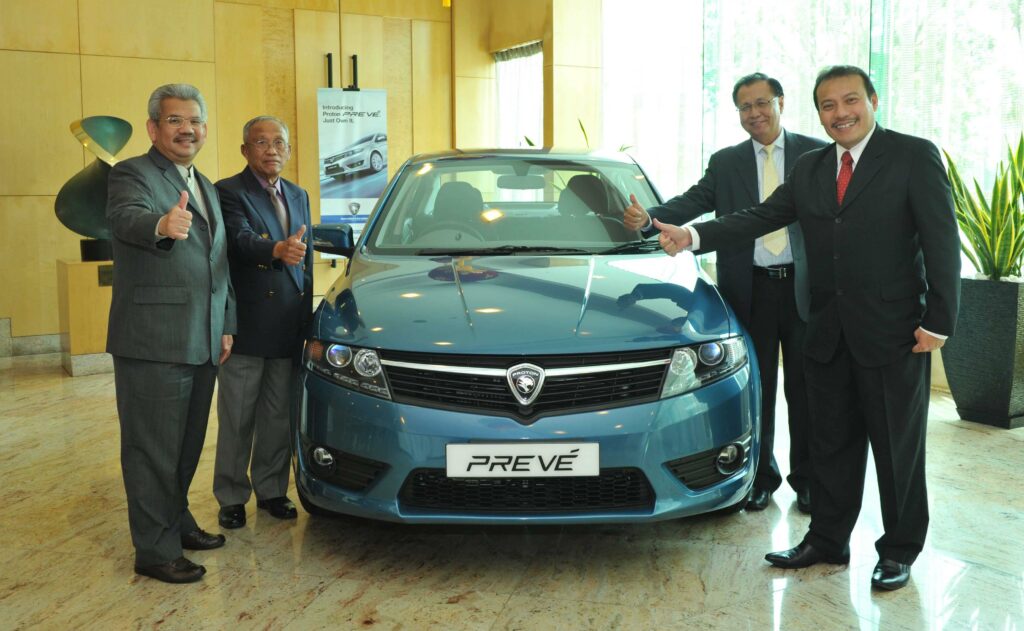
On June 13, 2013, Indonesia became the Prevé’s fourth official export destination, where it was offered in only a single high-end variant. The Proton Prevé was supposed to be released in the United Kingdom in 2014. A left-hand drive Prevé prototype was also spotted in working in May 2012, implying a possible launch in China and the Middle East.
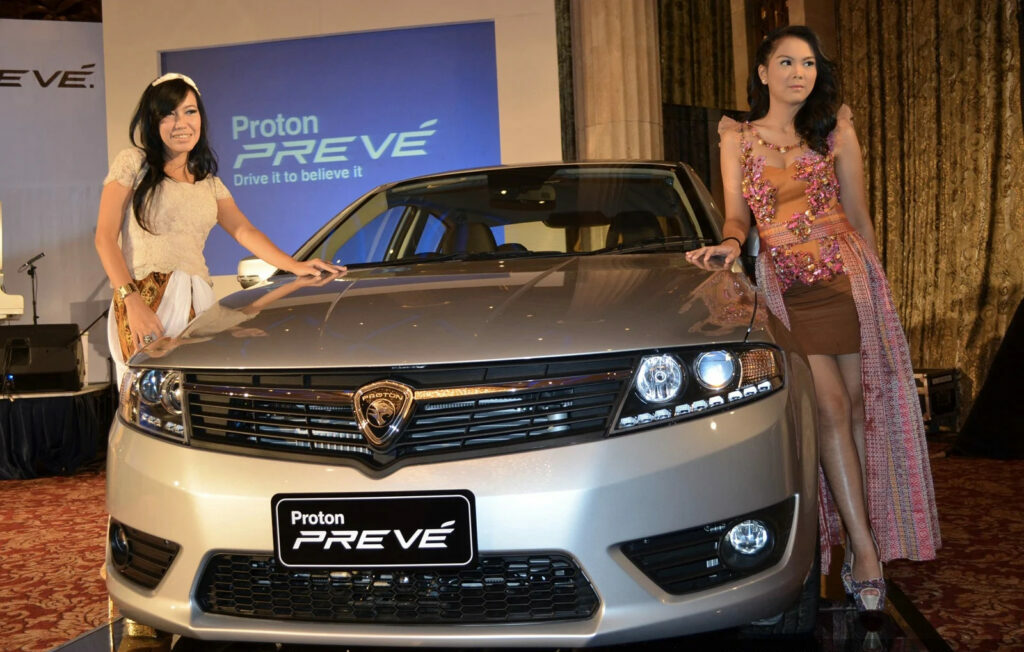
Proton inked a distributor agreement with Chile-based Andes Motor in July 2015, and the first left-hand drive Prevé evaluation units arrived in Chile in November.
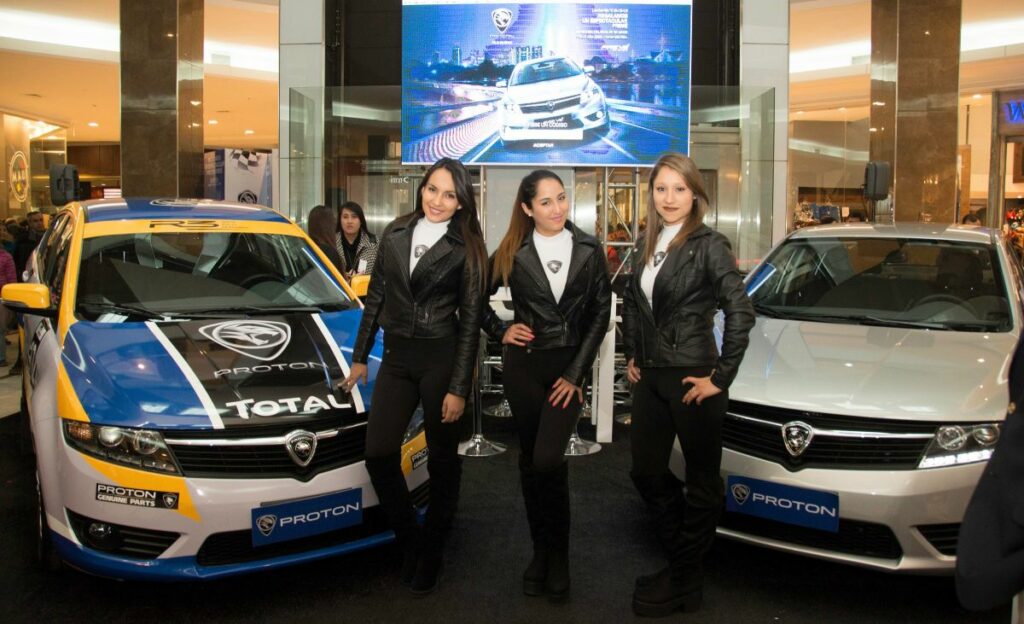
On March 1, 2016, Proton began the first formal shipment of 50 Prevé units, the first of 1,000 Protons heading for Chile, which also included the Exora MPV, another indigenously designed Proton.
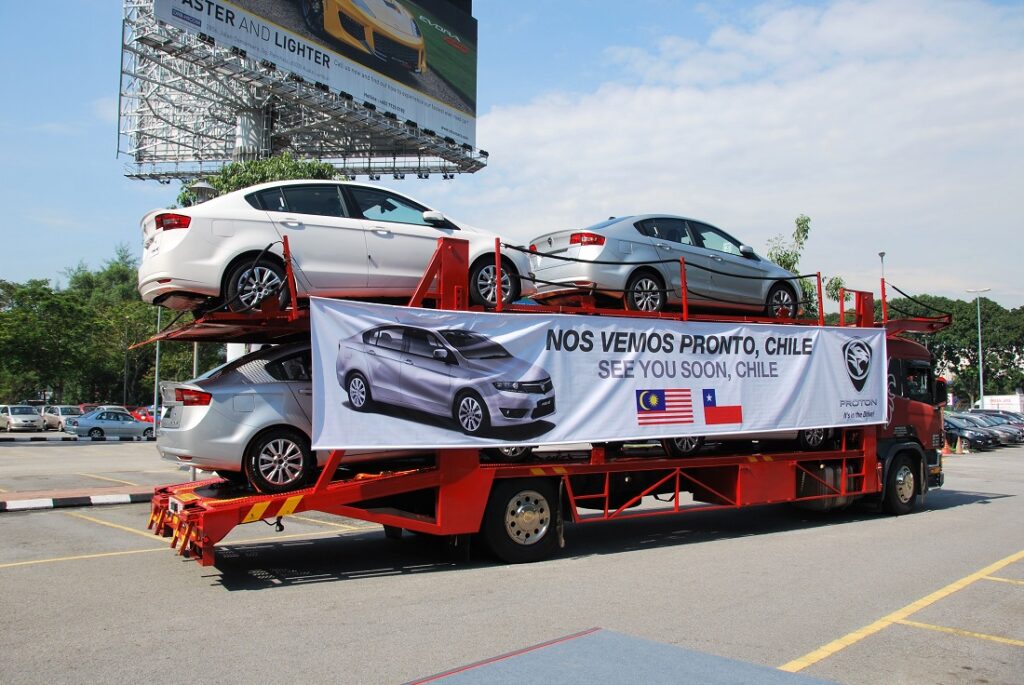
Proton announced plans to jointly develop the Prevé with PHP Group in Bangladesh in March 2015. Bangladesh was the only country where the Preve had assembled except Malaysia. In Chittagong, a new assembly facility worth Tk 400 crore was built to enable the production of 1,600 Proton vehicles annually.
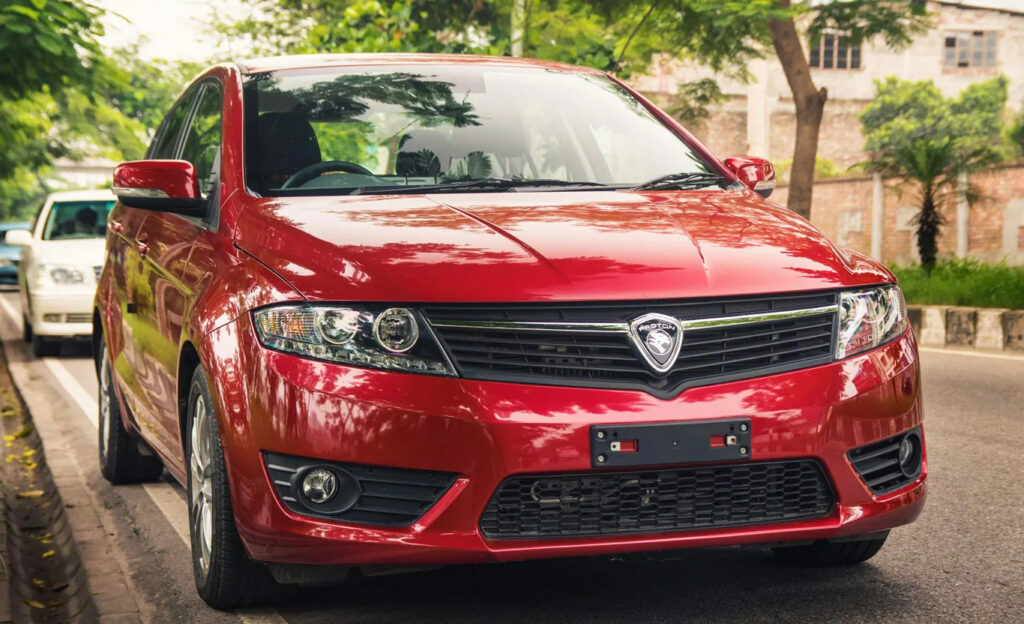
Egypt was also among the export destinations of Proton Preve, where the sedan was introduced in 2018 and was made available in two trims. Specs were similar to the Malaysian model however the number of airbags in the top variant was reduced from 4 to 2.
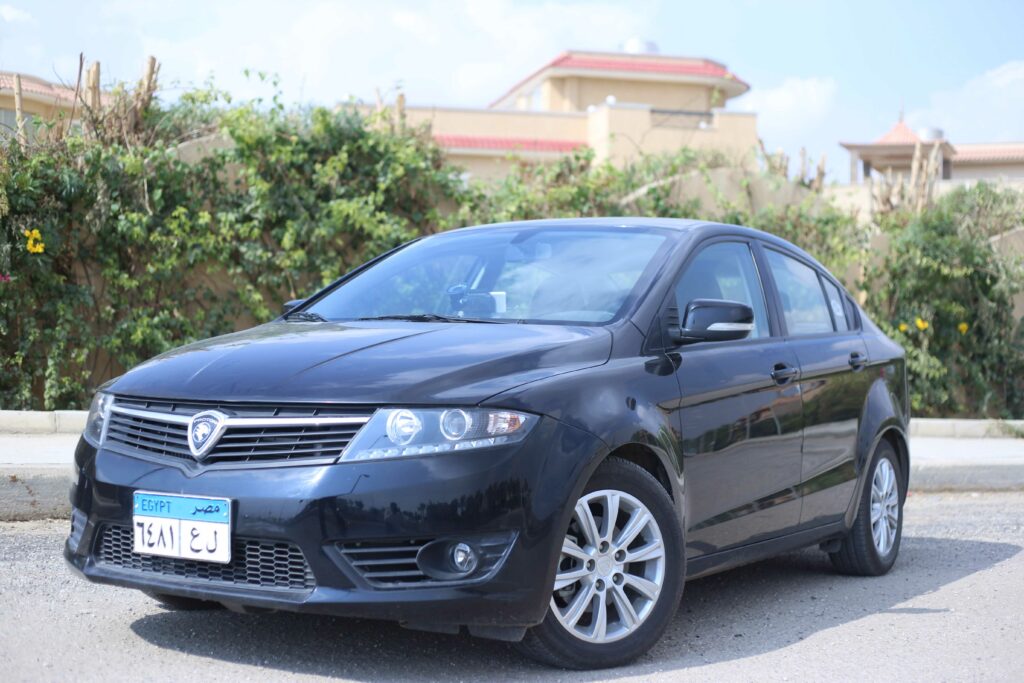
Proton Preve Crash Tests
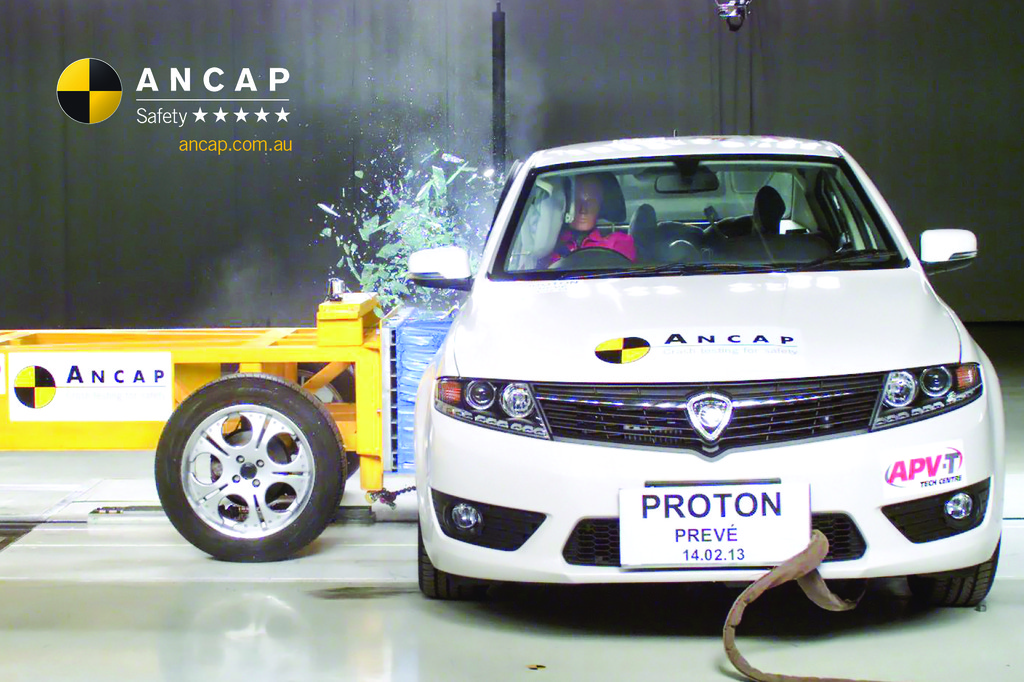
Proton Preve received the highest score when conducting crash tests. It received a 5-star rating from ANCAP (Australasian New Car Assessment Program) as well as a 5-star rating from ASEAN NCAP.
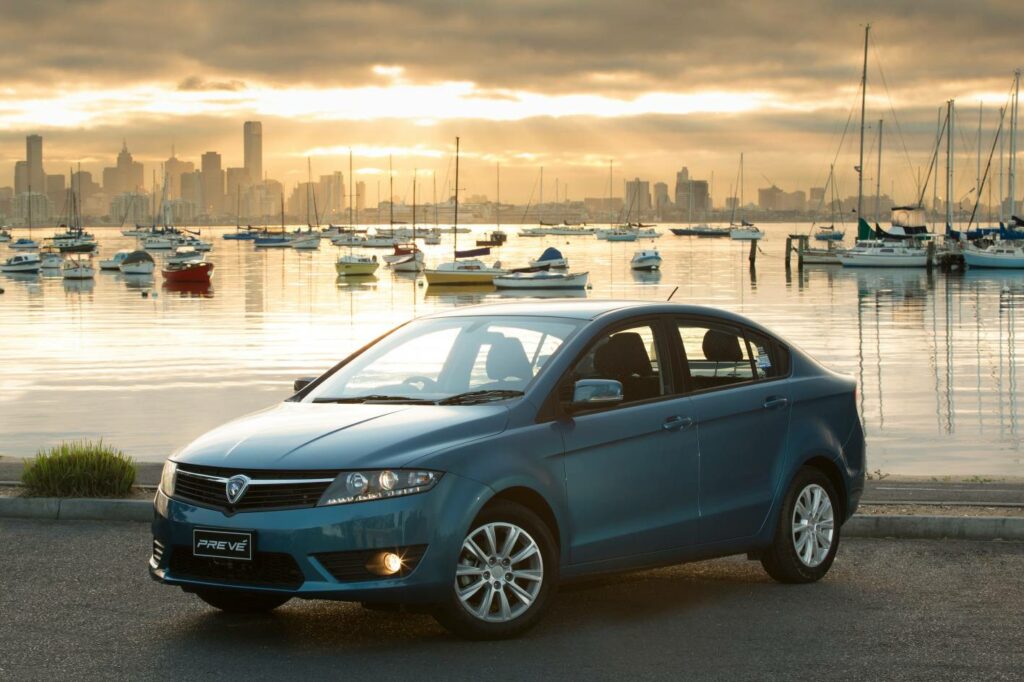
The Proton Preve had a generally favorable response, considerably outperforming the preceding Proton models. Despite the numerous enhancements given, it was not considered particularly exceptional. Because of the engine, which analysts and critics said lacked power and low-speed torque.
Related: Remembering Proton Gen-2
Proton continued to enhance the Preve throughout its lifespan, although its design inside and out remained virtually unchanged. Improvements included the safety aspects, driving comfort, and noise cancellation inside the cabin due to improved NVH levels.
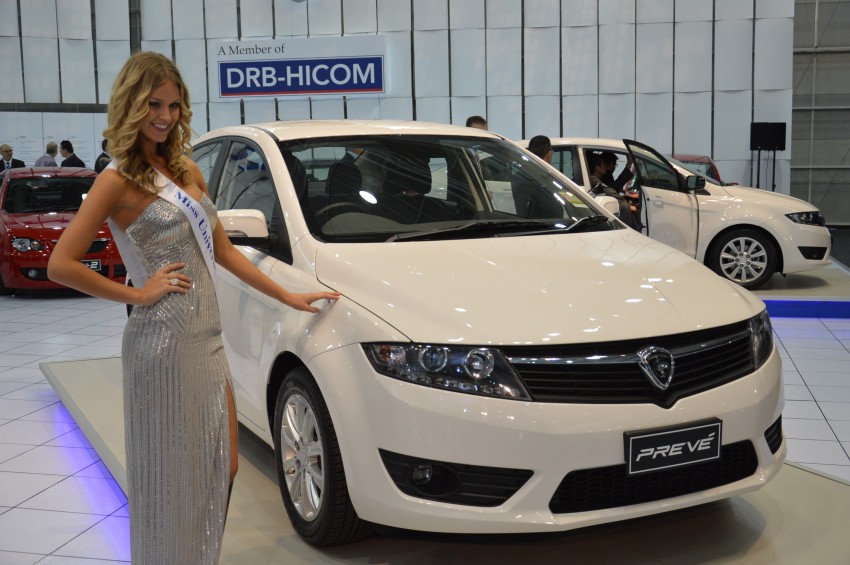
Proton eliminated the Prevé from its Australian lineup in 2015 but continued to sell the remaining models through its dealerships. However, it continued to make minor improvements to the sedan, most of which were targeted at the Malaysian domestic market. Finally, in March 2020, the Preve was removed from Proton’s official website.
The Proton Preve Legacy
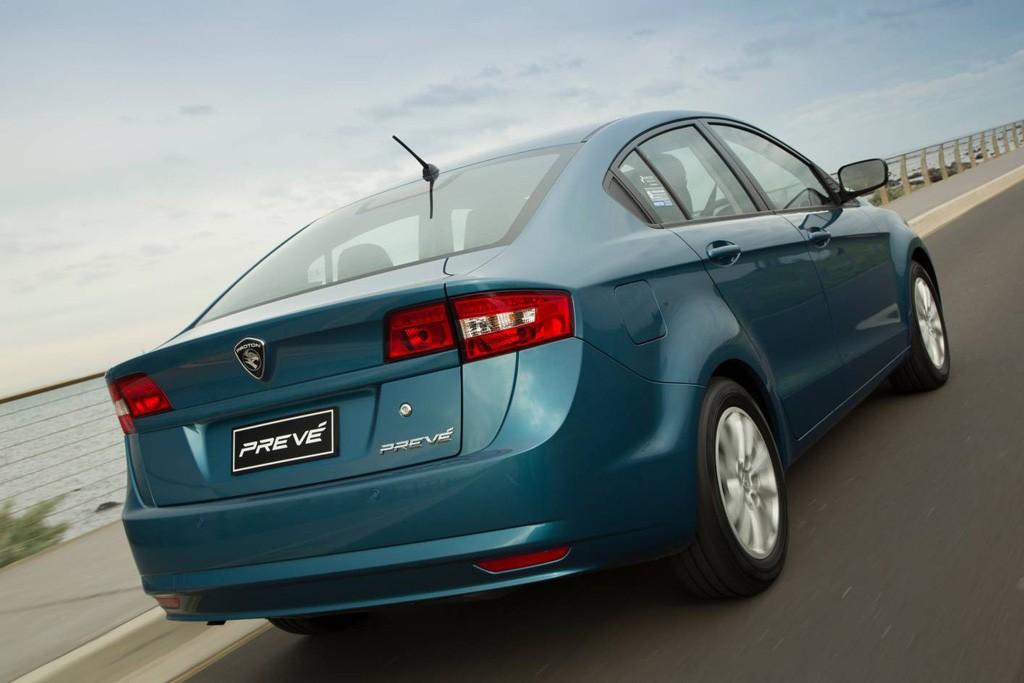
Despite the fact that the Preve was not an outright success outside of Malaysia, it remained one of the best indigenously produced Proton cars with 94% of the components sourced locally. The Preve had a sleek appearance, a decent interior, a high level of features and safety equipment, and an outstanding crash test score. It will surely be remembered as one of Proton’s best indigenously produced vehicles.
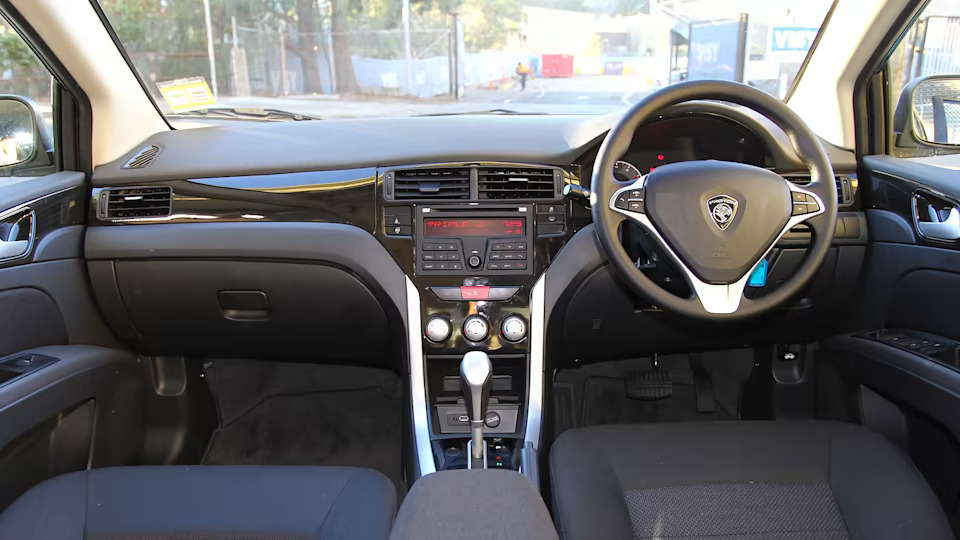
Proton of Today
In 2017, the financially struggling Proton was taken over by China’s Geely Autos. While Proton’s ailing sales have improved and the automaker is now back on track to profitability, it has somehow devolved into a marketer of rebadged Geely vehicles. Gone are the days when the company used to develop indigenously designed vehicles such as the Suprima (Preve hatchback), Persona, Exora, Perdana, Iriz, or the Saga as the company’s new breed of cars is nothing but badge-engineered Geely products with minor cosmetic differences.
Related: Why Another Facelift for Proton Saga? Roslan Abdullah Explains
The Proton X70 is a rebadged Geely Boyue, the X50 is a rebadged Geely Binyue and the new X90 is a rebadged Geely Haoyue. Even the upcoming S50 sedan will be a rebadged Geely Emgrand, while the next-generation Proton Exora will reportedly be based on the Geely Jiaji MPV. We really don’t know if we’ll ever see a new self-developed Proton car, but it appears that in the future more Geely-based vehicles will be coming from the Malaysian automaker’s stable.

A computer animation professional with over 23 years of industry experience having served in leading organizations, TV channels & production facilities in Pakistan. An avid car enthusiast and petrolhead with an affection to deliver quality content to help shape opinions. Formerly written for PakWheels as well as major publications including Dawn. Founder of CarSpiritPK.com

